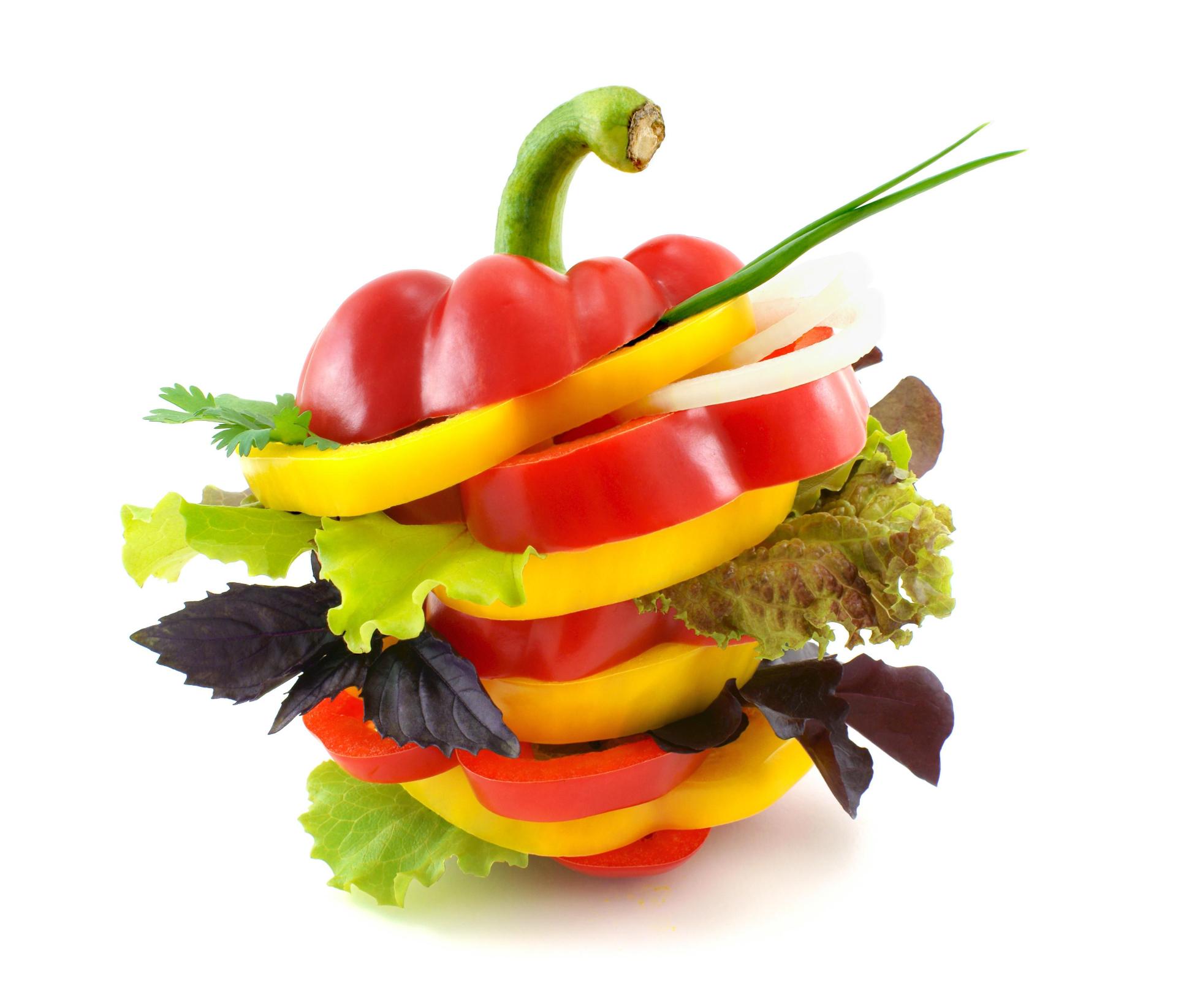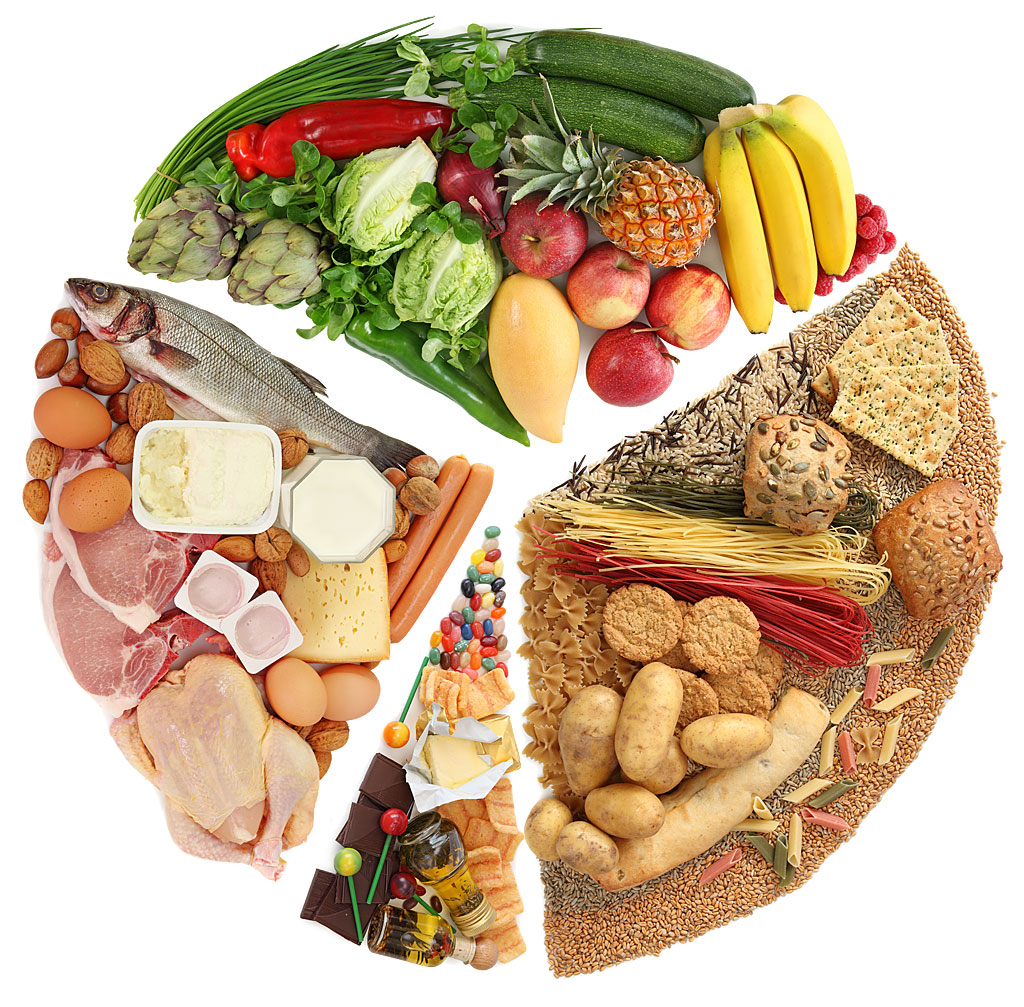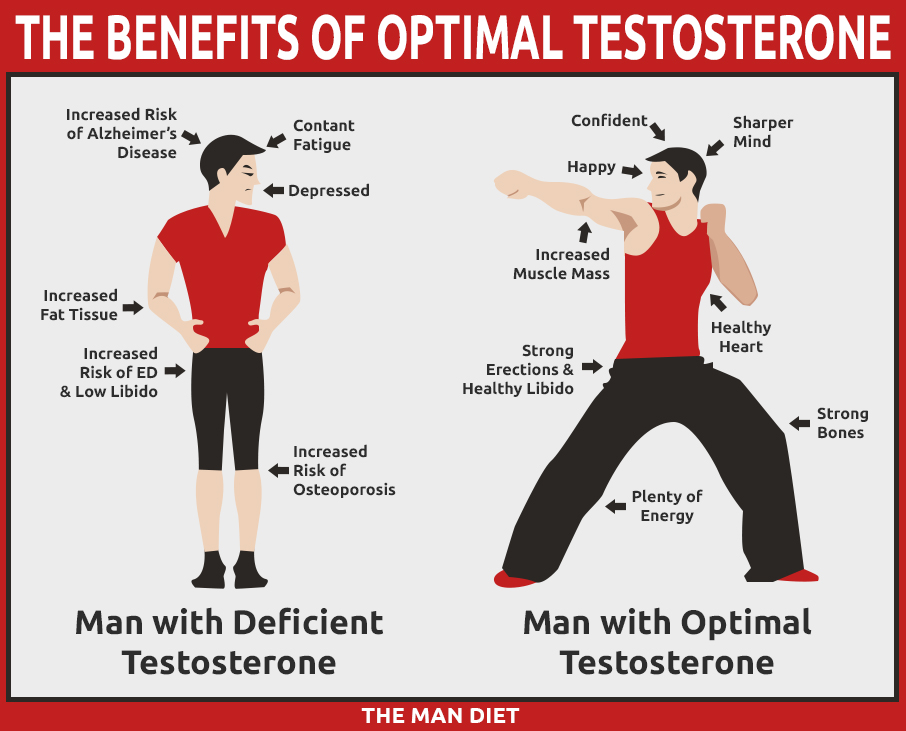 Nothing like a balanced diet and proportionate to its needs to avoid small curves. That will save you from dieting every other day.
Nothing like a balanced diet and proportionate to its needs to avoid small curves. That will save you from dieting every other day.
Balanced diet: good daily rhythm
Do not skip meals … And especially not breakfast. It must be between 15% and 25% of your daily energy intake.
The good news: you can eat copiously because all these nutrients will be burned during the morning. In your plate: a hot drink, fresh fruit, 2 or 3 slices of lightly buttered wholemeal bread and a tablespoon of honey or jam. Throw an egg or a piece of hard cheese (champion for calcium), a yogurt or milk not lightened.
Lunch should provide 30 to 35% of the total energy of the day. The ideal: a complete and light menu in fat. For example, a grilled steak with pasta with mushrooms and a veal cutlet with a zucchini gratin and potatoes … You can accompany your entry into veggie dish and a dairy if you’re still hungry. If you really want a dessert, choose fresh fruit.
The taste avoids snacking and double portions at dinner. This snack is about 20% of daily calorie intake. For example, two slices of bread, 4 squares of chocolate, fresh fruit and a hot drink; or 4 small butter and unsweetened fruit.
Dinner is served light: it fills 20% of energy requirements and must complete lunch. Try not to sit at the table after 21 hours and do not lie down right after, not hinder your digestion and sleep. For your menu, choose food categories that you have not eaten lunch.
Another imperative follow a 4 hour interval between each meal and at least 10 hours of fasting overnight. This allows your stomach to empty and so receive the next meal optimally.
The amount of energy required depends on the age, size, weight, physiological status and physical activity of a person: on average, women consume 2000 cal / day and men 2,700 cal / d. Adolescents and pregnant women have slightly higher needs.
Balanced diet: how well compose your plate
Eat everything, but attention to proportions. A balanced meal is 1/3 vegetables, 1/3 starch and 1/3 protein, 1 fruit and 1 dairy. The main thing is not to decorate the whole of sauces and fats.
Complex sugars (or carbohydrates) rich in starch and fewer calories than fat, they provide the body with energy over several hours. Cereals and pulses bring you also a good source of protein and can help you reduce your meat consumption (often rich in hidden fats).

Vegetables: you hear it everywhere, it takes at least 5 fruits and vegetables a day. Vegetables are full of fiber and vitamins, all for a very low calorie intake.
Fruits: They contain vitamins (A, C, B6), minerals (chromium, copper …) and fructose. This sugar is released gradually into the body, which has the effect of countering the pump strokes and cravings.
Dairy products: is an essential source of protein and calcium. To limit your fat intake, choose semi-skimmed products. And when choosing a cheese, know that the harder it is, the more calories! Remember to vary your pleasures: cow, sheep, goat …

Meat, fish and eggs: they offer high-quality protein, but beware of lipids. Fish, rich in “good fats” play a role in preventing cardiovascular diseases. However, some meats are high in saturated fats, which are deposited in our arteries. If you are a carnivore, choose lean meats (turkey, rabbit …) rather than a lamb chop or charcuterie.
Fat daily consumption of vegetable oil in small quantities is essential to provide the body with essential fatty acids.
Simple sugars: our bodies can do without, but not our taste buds! We can give dechocolat square occasionally but avoids all pure and hard candies (candies, marshmallows …). No question of drinking sodas all day. Also watch your juice consumption: indeed, they provide vitamins, but they contain as much sugar as soda.